Novel inexpensive cobalt-nickel electrode for efficient water and urea electrolysis; yolk-shell nanoparticles
Green Car Congress
SEPTEMBER 11, 2021
Both half reactions of water electrolysis—hydrogen and oxygen evolution—are unfortunately slow and require a lot of power. To make the material, nanospheres made of cobalt–nickel–glycerate are subjected to combined hydrothermal sulfidation and gas-phase phosphorization. Zhang, S.L., and Lou, X.W.

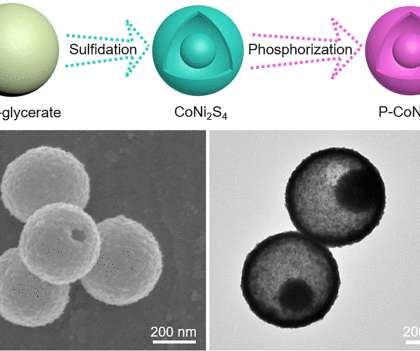

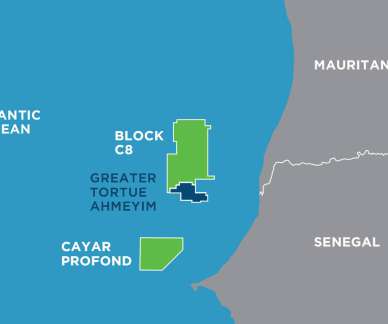




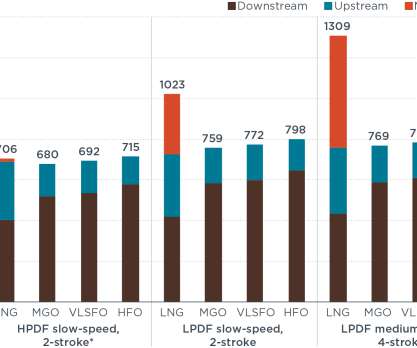





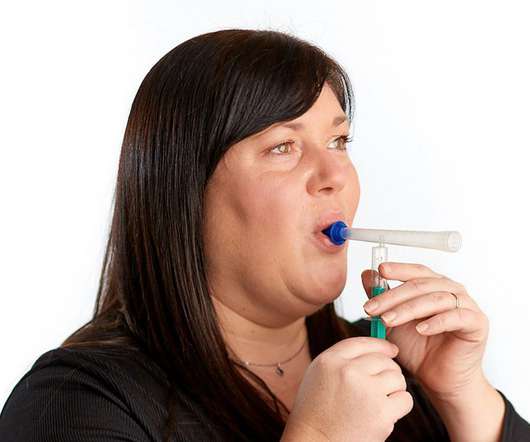







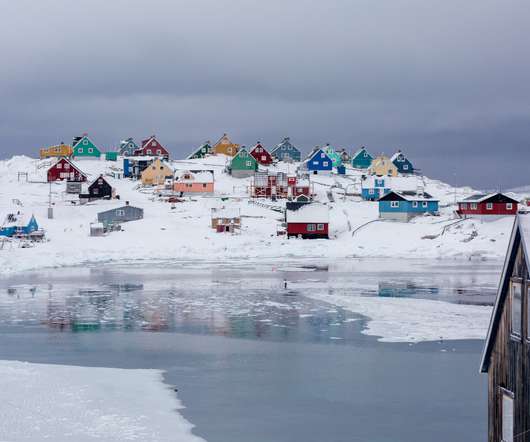

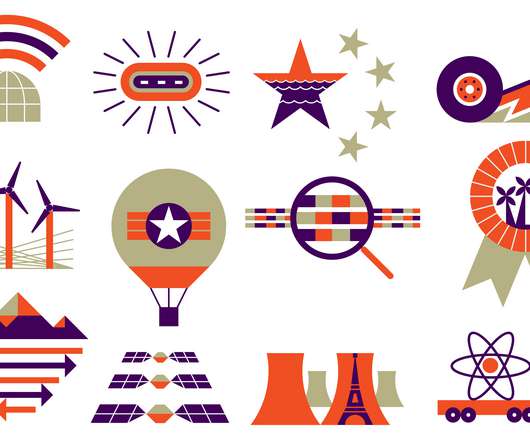






Let's personalize your content